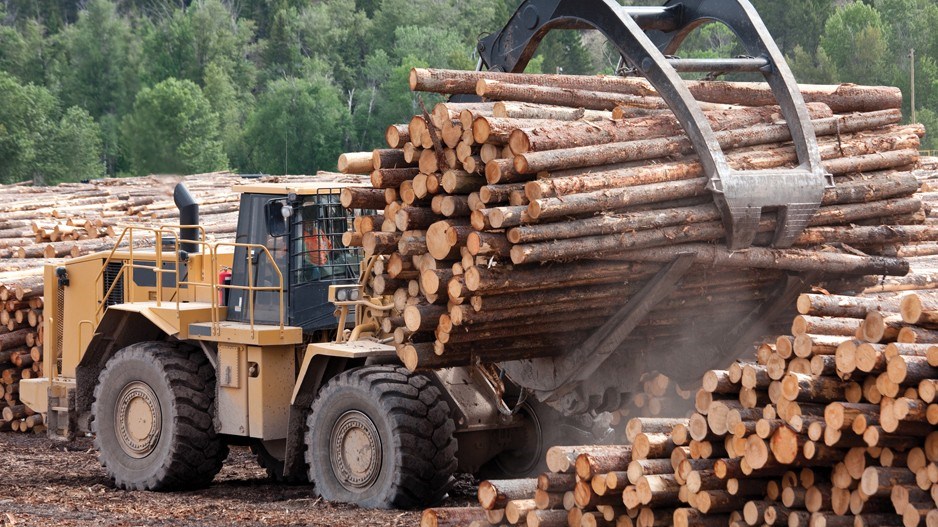The B.C. government is boosting the share of revenue that First Nations receive from forestry in their traditional territories.
There are already 126 First Nations in B.C. that receive a share of revenue from stumpage and from BC Timber sales under formal forest consultation and revenue Sharing agreements. More First Nations could be eligible for those agreements, for a total of 186.
The share of revenue they currently receive is being increased as part of a longer term revenue sharing model being co-developed by the province and First Nations.
“This past year, First Nations received between three and five per cent of forest revenues, under the current program, for a total of $58 million,” B.C. Forests Minister Katrine Conroy said at a press conference Wednesday.
“But the current forest revenue sharing model is inadequate. That's why today we're more than doubling the amount of revenue shared with First Nations to between eight and 10 per cent. There will also be an additional three per cent increase shared from revenue from BC Timber sales.”
Stumpage is what the government charges forestry companies with tenure on Crown land to harvest trees. The government also generates revenue through its own harvesting and sales of Crown timber through BC Timber Sales.
The increased share of revenue from stumpage and BC Timber Sales is effective as of April 1, and will increase First Nation’s share of forestry revenue by $63 million this year.
“This is the first step in our work to co-develop a new forestry revenue sharing model that aligns with the UN Declaration on the Rights of Indigenous People,” Conroy said. “It would mean that forestry revenue shared with First Nations could be more than $130 million this year alone."
Murray Rankin, minister of Indigenous Relations and Reconciliation, said the increased revenue sharing fulfills some of the commitments made in the government's new Declaration Act Action Plan. That plan articulates specific actions as per the Declaration on the Rights of Indigenous People (DRIPA).
One of the actions, he said, is “to co-develop with indigenous peoples a new fiscal relationship that supports the operation of indigenous governments and frameworks for resource sharing.”
First Nations leaders with forestry in their territories welcomed the new revenue sharing model.
“Forestry has been a key economic driver for K'ómoks First Nation for decades,” said K'ómoks Chief Nicole Rempel.
“Today's announcement … will allow our leadership and administration team to fill gaps in numerous funding areas and increase our efforts and community well-being, capacity building in governance, lands and resources and many other sectors.”
“For decades, forestry has been the driving economy in our region and our communities have watched logging trucks haul trees from our territory for the benefit of others,” said Lake Babine Nation Chief Murphy Abraham.
“Lake Babine people stood by the sidelines with no real forestry opportunities and almost no revenue sharing. Now, under the foundation agreement, Lake Babine Nation forestry company is growing our nation's forestry business. And we are growing our role in forestry management to help ensure that logging is sustainable.”
The Council of Forest Industries (COFI) also welcomed today's announcement.
"COFI and our member companies have long advocated for increased government revenue sharing with First Nations for forestry activities taking place on their traditional territories and today’s announcement is a positive step in that direction," said COFI President Susan Yurkovich. "As government-to-government work advances to co-develop a new model, we will be here to support this process."



